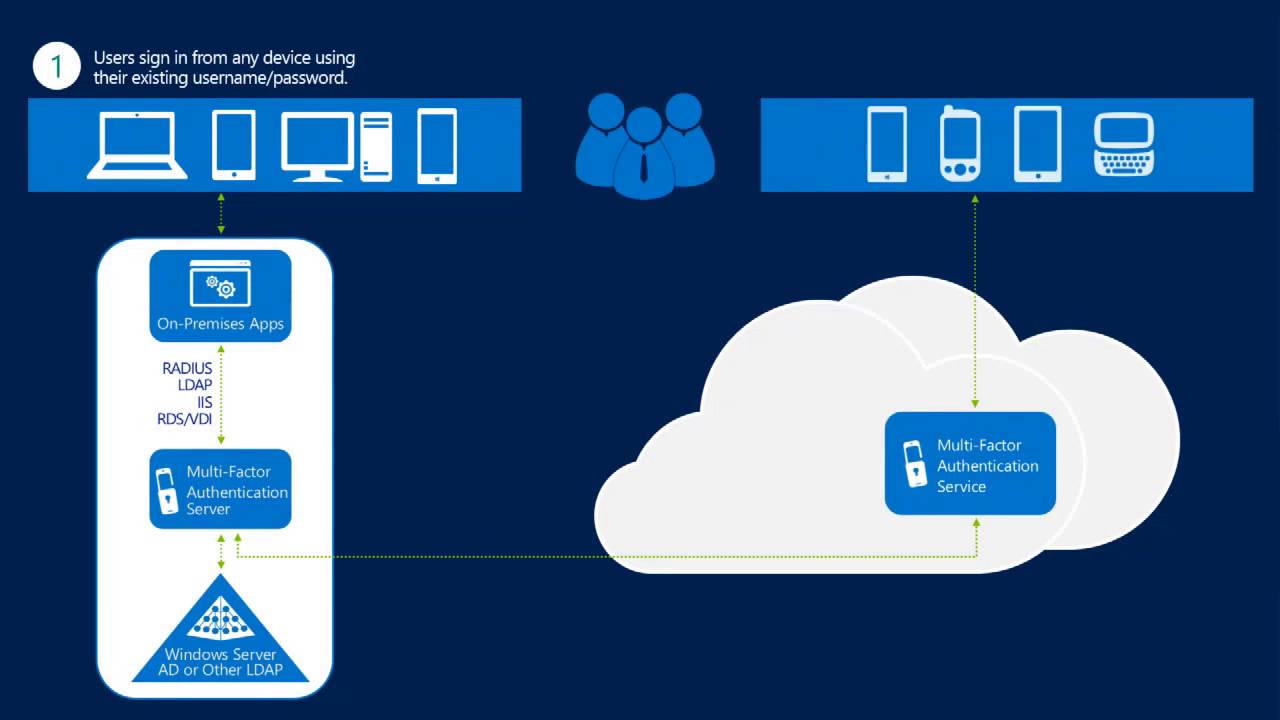Phishing is referred to as an attempt to steal sensitive data by portraying legitimacy. This is a common method by which data is accessed by unauthorized personnel. It can lead to the loss of private information, a damaged reputation of an organization, and decrease in several customers, or identity theft. You can avoid this risk by using Multi-Factor Authentication (MFA).
MFA helps to protect your sensitive online accounts from attacks. It does this by combining two or more verification processes into one single application or website. This may include setting up a code and using your fingerprint to confirm access to an application. It gives improved protection to your online accounts. You can have the assurance that your data is safe and secure. Serving as a backup mechanism for your private information, MFA provides many other benefits.
Majorly, the multi-factor authentication method of verification is usually immune to phishing and this is because it uses some sort of double-checking to ensure the security of data. Protect your data and information while enjoying Phishing-Resistant MFA benefits. This includes enhanced security while complying with rules of data protection and privacy.
Types of Multi-Factor Authentication
There are three major categories of MFA. These are: what you own, what you know, and what you are.
What You Own
1. Tokens
These are small devices you carry for authentication. It generates security codes each time you try to gain access to your account. They are mainly used in financial institutions. These codes are usually unique each time and they are only useful for a while. Usually 60 seconds to 5 minutes.
2. Smart Cards
These are also common in financial institutions. These cards hold unique information and security keys for users. A common example is the debit or credit card. With this card, you can make online or physical payments using the number details on the card. They are meant to be kept properly, and details of the card should not be exposed or shared anyhow. They are protected by pins and OTPs for improved security.
Also See: Exploring Binance: Security Measures for Your Cryptocurrency Assets
What You Know
1. PINs
These are personal identification numbers. They are set up by you and you are required to remember them when providing information for verification. These pins are meant to be unique to you only and you should ensure that they can be easily remembered.
2. Passcodes
Passcodes are different from pins because you can use either numbers only, letters only, or a combination of numbers, letters, and symbols. It is a creation of a mix of different symbols that is specific to you. This is something you know and can remember without thinking hard about. Passcodes may be considered stronger than pins but with either of them, you can choose another type of MFA to back it up.
Also See: Cyren Inbox Security Alternatives
What You Are
1. Fingerprints
Every individual can be differentiated by their characteristics and features. Verification uses this to its advantage, to provide fingerprint recognition for systems. Applications and websites use fingerprint recognition software to verify your identity as you access your online account. You would have had your fingerprints scanned and stored for subsequent use.
2. Face
Facial recognition has become popular over time. Mostly used in mobile phones, it is known for its convenience, effectiveness, and speed. With this, you don’t even have to hold your phone to get it unlocked or accessed. A similar recognition software to this is the iris scanning method of verification. It is an advanced method of facial recognition that is more specific to the features of your iris.
Also See: Crypto Security – Safeguarding Your Assets in a Digital World
How Phishing Resistant MFA Protects Your Accounts
Phishing-resistant MFA typically uses a method of combining more than two (as implied in the word “multi”) verification methods.
Each verification method, biometrics or traditional password and username method, has its cons despite its many advantages. They have their weaknesses. This is why the usefulness and benefits of Multi-Factor Authentication are emphasized.
Utilizing more than one method of verification gives a double assurance for protecting your data. It allows you to have layers of protection, similar to living in a gated house and using a padlock for the gate.
MFA allows you to add another verification protocol to the one you already have in place. With MFA, your data can be safeguarded, shared, or transferred securely.
Conclusion
In short, your data and information stored on your online accounts can be protected from phishing attacks by using an extra protection layer. These combinations can come in any way. This may be the use of passwords and fingerprints on the same account, using facial recognition and fingerprints, or using pins and captcha methods of verification. The main classes of using multi-factor authentication can be combined in any form to provide strong protection for your data. As an organization, it is your responsibility to keep customers’ private data safe and protected. Implement these MFA protocols to protect your clients’ information, as well as maintain a good reputation.
